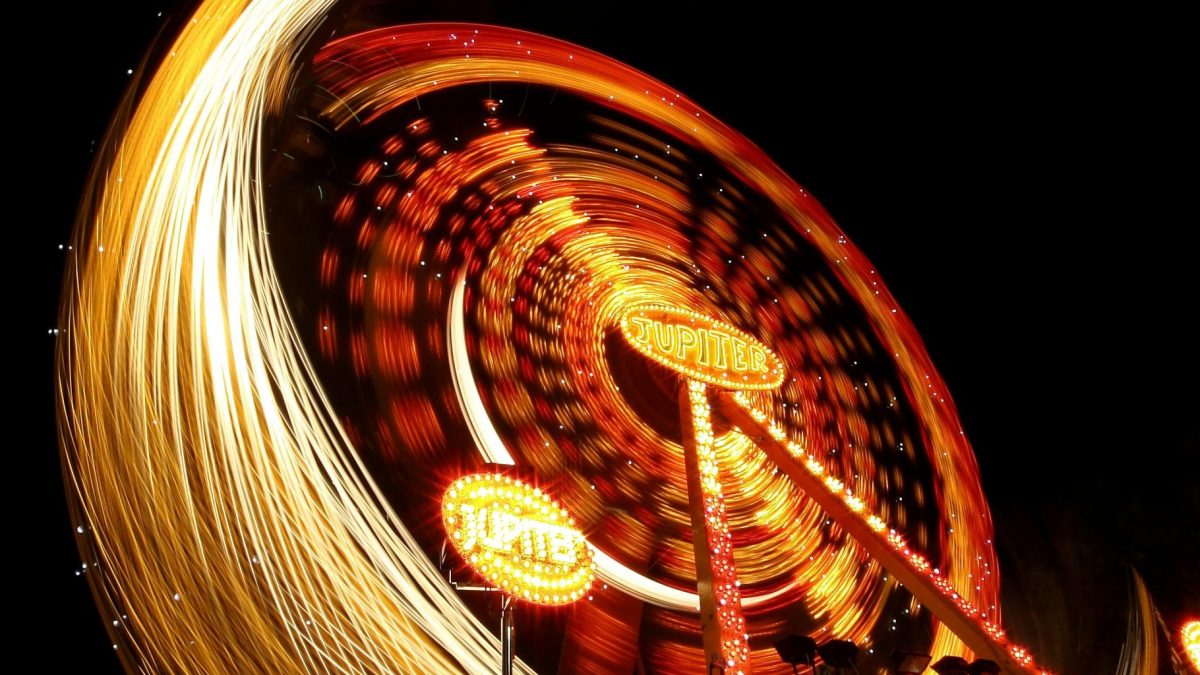An Overview of the Influence of Dancing and Motion
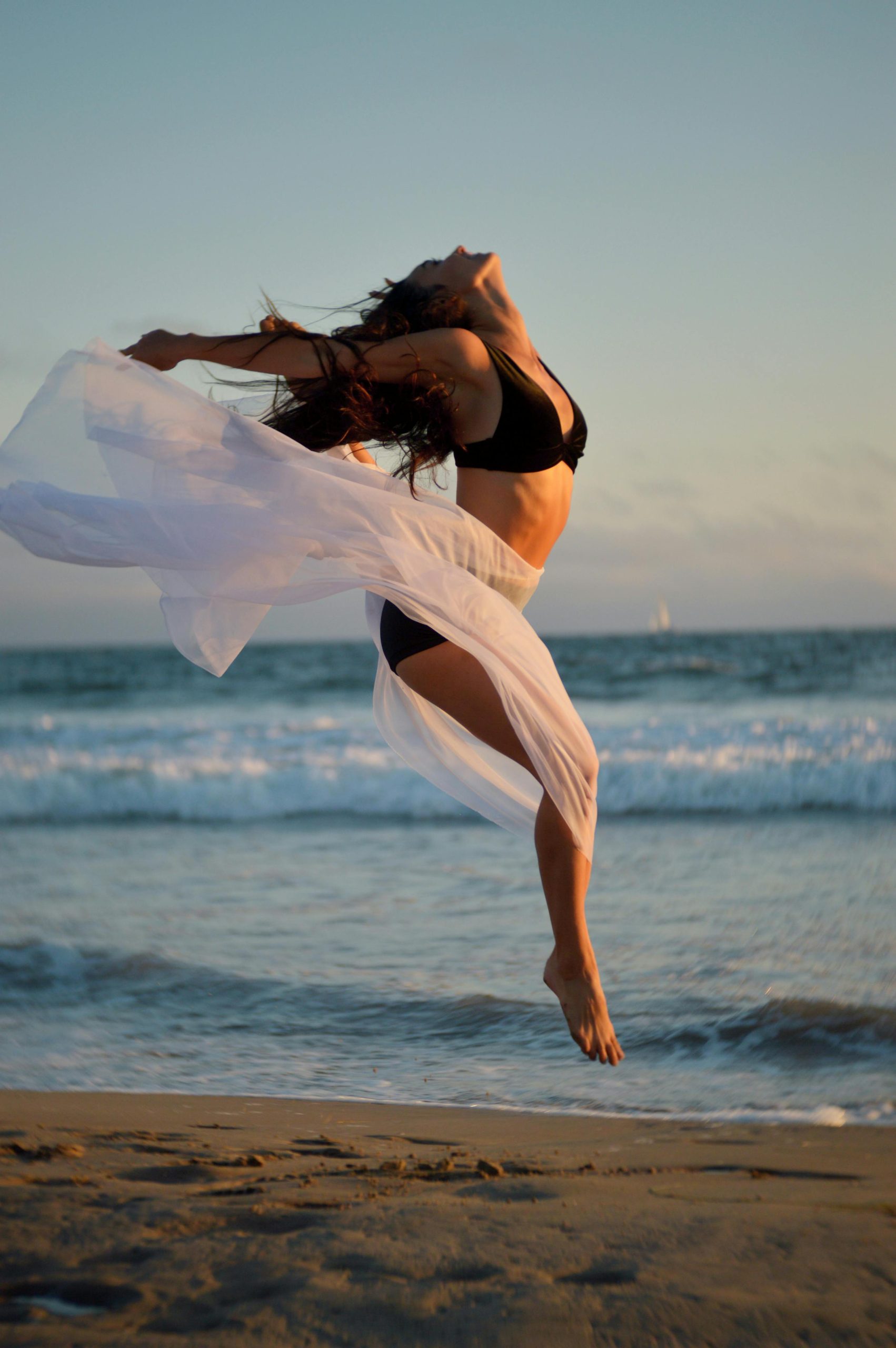
Dance and movement are significant forms of self-expression that have weaved their stories across human history, going beyond simple physical exertion. Dancing has been used as a vivid language of emotion, storytelling, and collective identity in many cultures, representing people’s pleasures, sufferings, and spiritual quests. This historical mosaic deepens our comprehension of dance as a basic human instinct as well as an artistic medium.
- Dancing has several, profoundly beneficial psychological and emotional effects.
- Through the investigation of rhythm in dance, people discover their own voice and a way to express inner experiences and sentiments that words cannot express.
- Dancing, which involves letting the body move freely in space, promotes happiness, emotional release, and a sense of liberation that improves mental health and general wellbeing.
- It’s a self-discovery journey where every move you make can help you become more emotionally resilient and self-aware.
The Emotional Expression and Movement Science
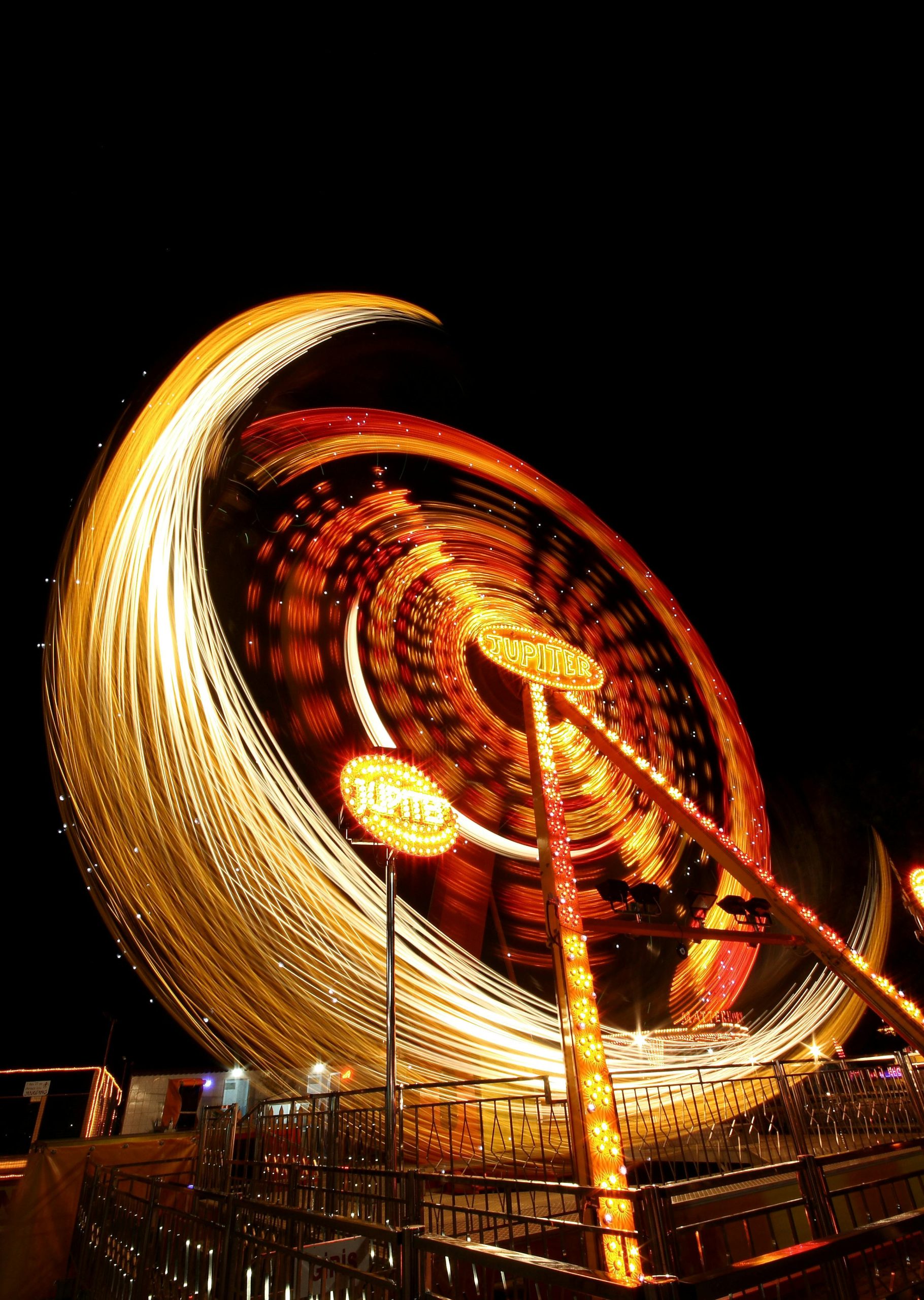
Our mental and physical well-being are intricately entwined in a fascinating and scientifically grounded dance. Our brains release a variety of chemicals when we dance, including endorphins. These hormones, sometimes known as “feel-good” hormones, are our body’s natural opiates and mood enhancers. The release of endorphins causes a euphoric feeling similar to what athletes refer to as the “runner’s high.” Our spirits are raised and our general sensation of enjoyment is enhanced by this biological reaction, which is a major participant in the dance of emotions.
- Dancing on a regular basis has been demonstrated to create a strong correlation between physical activity and mental well-being.
- It serves as a dynamic mode of expression that enables people to communicate feelings and experiences through their bodies, resulting in a language that is wordless.
- This bodily expression of emotions can have tremendous therapeutic benefits and provide a novel tool to investigate and comprehend our emotional terrain.
Dance therapy’s ability to improve mental health is demonstrated by research. Research shows that dance therapy can improve body image and self-esteem while dramatically lowering symptoms of stress, anxiety, and depression. It is a holistic method that provides a safe haven for emotional inquiry and healing while also nourishing the body, mind, and soul. The data is overwhelming: dancing is a potent medium for psychological health and emotional expression in addition to being just movement.
Dancing as a Means of Overcoming Barriers to Self-Expression
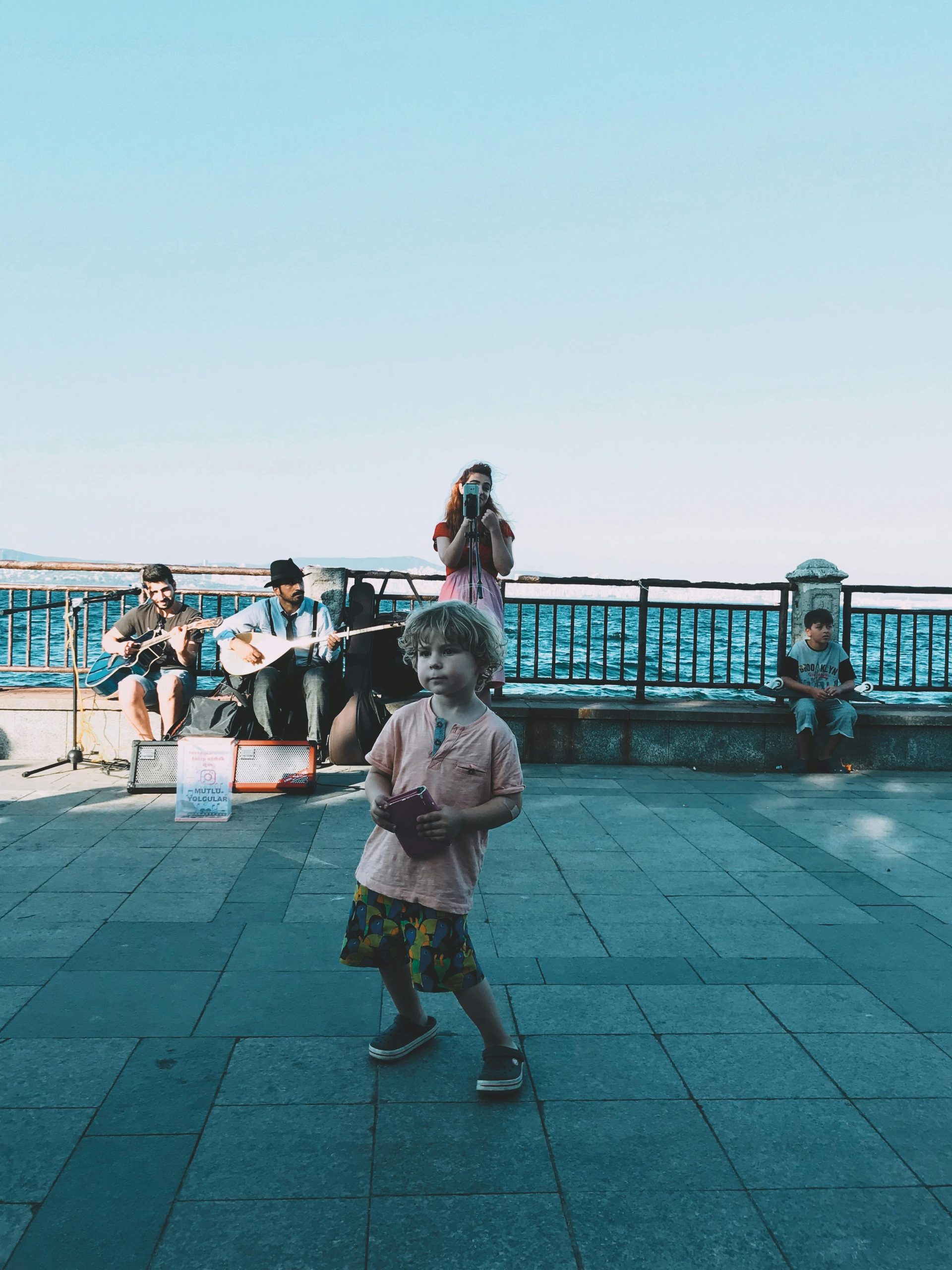
Dance faces many obstacles in its quest for self-expression. These might be personal, originating from feelings of self-consciousness and judgmental dread, or they can be societal, arising from cultural norms and expectations. Dance expression can be stifled by the fear of not being “good enough” or fitting into a particular stereotype.
Common Obstacles
- There are situations when society’s expectations present a strict image of who and how people should dance.
- Personal anxieties regarding coordination or body image combined with this pose a serious obstacle to self-expression.
- Many people are hesitant to venture onto the dance floor because they are afraid of looking foolish or of falling short of these expectations.
Techniques to Get Rid of Self-Consciousness
- The first step towards overcoming these obstacles is self-acceptance. It’s important to understand that dancing is a personal journey rather than a show.
- Dancing in private can be a great way to boost confidence. Furthermore, the mindset is changed from one of fear to one of freedom when one chooses to emphasize the joy of movement instead of technical excellence.
- Locating communities of support is essential. These are places where diversity in dance is embraced and judgment is suspended.
Safe Spaces and Supportive Communities: Their Significance
Communities of support and safe locations are essential. They offer a space where people may express themselves freely and explore without worrying about being judged. These settings foster experimentation, enabling dancers to find their own voice and style. For events and communities that promote inclusivity and diversity in dance, the Australian Dance Council – Ausdance (ausdance.org.au) is an excellent resource.
- In these groups, technical proficiency and stylistic uniformity are not as important as dance’s capacity for emotion and expression.
- This method demystifies dance and makes it approachable to all people, regardless of ability, age, or body shape.
- It’s about embracing uniqueness and the joy of movement, and moving in a way that feels good for you.
Various Dance Styles and Their Distinctive Expressive Capabilities
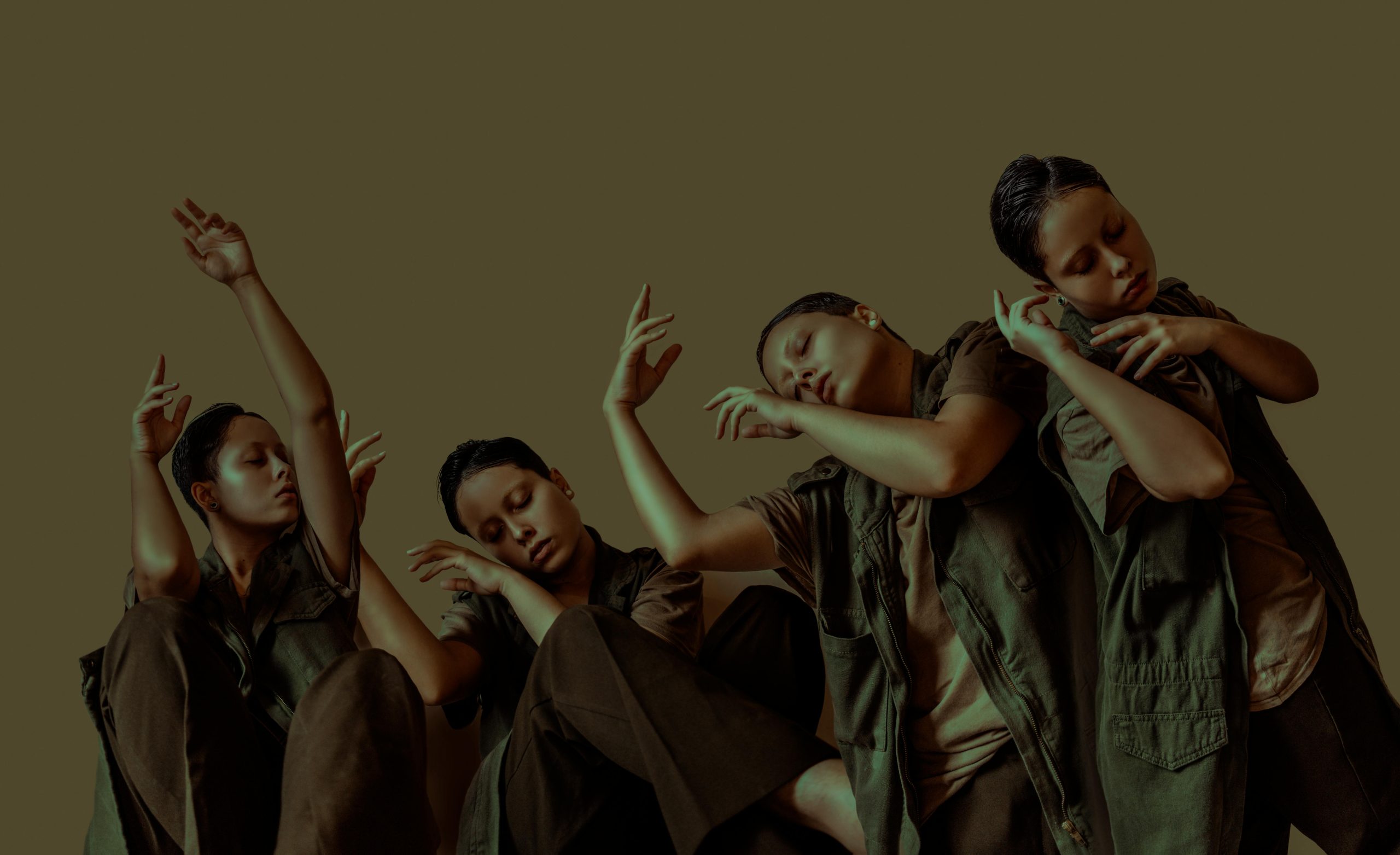
Dancing comes in a wide variety of forms, each with its own special expressive characteristics. Ballet embodies the height of classical dance, telling stories via elegant, fluid movements that are disciplined and elegant. Hip-hop, on the other hand, is a dynamic and potent form of expression that connects with the energy of today’s young since it is rooted in the rhythm and rhythms of modern music. Through creative choreography, contemporary dance, a combination of several forms, explores the complexity of life and the depth of human emotions. Folk dance, which has its roots in rich cultural traditions, unites dancers with their ancestral roots by celebrating community, heritage, and historical tales.
It’s important to pick a dance style that suits your desires for self-expression. Discovering a dance form that resonates with your spirit is crucial, be it the dexterity of ballet, the liberty of hip-hop, the profundity of modern, or the ethnic diversity of folk dance. This alignment enhances the joy and fulfillment that come from each step and creates a stronger connection with the dance.
Starting a dance style that you believe is suited for you may be a thrilling experience. Start by looking into nearby dancing studios or internet resources that provide lessons in the style you’ve selected. Taking that first step is made easier by the fact that several provide introductory sessions. Try a variety of styles until you find one that really speaks to you. Recall that the objective is to enjoy the process and express yourself. Accept the learning curve and follow your dancing passion.
Accessible sites such as Ausdance (ausdance.org.au) offer insightful details about dance forms, workshops, and occasions in Australia. They also provide beginner-friendly advice, which makes it simpler to start dancing. There is a style for everyone, whether you prefer the grace of ballet, the vigor of hip-hop, the inventiveness of modern, or the heritage of folk dance. Allow dancing to become your means of self-expression, emotional healing, and personal development.
Building Your Own Dancing Area: Useful Advice and Things to Think About

The first step to incorporating dance into your life is to make a dedicated dance area in your home or locate community venues that support dancing. It’s about finding a space where you can be free to express yourself without limitations. The secret is to locate or design a space that speaks to your dancing soul, whether it’s a nook in your house or a nearby studio that welcomes dancers.
- Music: A well-chosen playlist may uplift your spirits and infuse your motions with passion and rhythm.
- Clothes: Dressing in a way that accentuates your dancing style enhances your movement and strengthens your bond with the dance. The goal is to become the dance, both inside and out.
Regardless of experience or ability level, the first step in incorporating dance into your life is simple: movement. Begin by setting aside a little period of time each day to dance, allowing your body to move to the music that inspires you. Expression is more important than perfection. Investigate many genres and styles, and don’t be afraid to sign up for courses or workshops that pique your interest. Recall that all dancers started off as beginners. Accept the journey.
Communities that are supportive are priceless. They provide support and a feeling of community that might advance your dancing career. Seek out online forums or local dancing organizations where you may interact, exchange ideas, and develop. One excellent place to look for these kinds of communities, along with seminars and events suitable for dancers of all skill levels, is Ausdance (ausdance.org.au).
To sum up, making dance a part of your life requires setting up a dance area of your own, choosing inspiring music and clothes, and connecting with like-minded others. It’s an adventure of fun, self-expression, and exploration. Allow dancing to be your means of celebrating the beauty of movement, transcending the ordinary, and expressing the inexpressible.
In Conclusion
Dance is a language of self-expression that is global. It provides a special fusion of happiness and relief from emotions. Through the combination of music and movement, people go on a life-changing adventure where they learn resilience and personal development. This essay has examined dance’s emotional, cultural, and therapeutic aspects while emphasizing how it may help people overcome obstacles and build communities. Let us embrace dancing as a potent means of communicating the inexpressible and commemorating our common humanity as we embrace the rhythm of life.
Encouraging Self-Expression Through Dance and Movement FAQs
Yes, dance therapy can be a powerful tool for emotional healing, as it encourages individuals to explore and express their feelings through movement. It provides a safe space for people to confront and work through difficult emotions, promoting psychological healing and growth. This therapeutic approach can help individuals develop a deeper understanding of themselves and their emotional responses.
Dance can be integrated into educational settings to enhance learning by providing a kinesthetic learning experience, which can help students understand and retain information more effectively. It encourages creative thinking and problem-solving, as students must interpret concepts and ideas through movement. Additionally, incorporating dance into education can improve students’ physical health, focus, and teamwork skills, contributing to a more holistic learning experience.
Getting started with dance is as simple as choosing a style that interests you and finding a beginner class or online tutorial to follow. Beginner classes are designed to introduce the basics of dance, making it accessible for individuals of all ages and abilities. The key is to focus on enjoying the movement and the music, rather than on getting every step perfect.
Dance naturally fosters social connections by bringing people together in a shared activity that requires communication and cooperation. It breaks down barriers between individuals, allowing for non-verbal communication and mutual understanding to flourish. Through shared experiences and the joy of movement, dance can build strong communal bonds and a sense of belonging.
Dance plays a significant role in shaping and expressing cultural identity, as it is a reflection of a community’s history, values, and traditions. It can strengthen the sense of belonging to a particular cultural group, while also promoting cultural understanding and appreciation among diverse groups. Through dance, individuals can connect with their heritage and express their cultural identity in a dynamic and powerful way.
Dance allows individuals to communicate emotions and stories through bodily movements, offering a unique medium for personal expression. It bypasses verbal language, enabling people to express themselves in ways words cannot capture. This form of expression can be particularly liberating for those who find it challenging to articulate their feelings verbally.
Dance offers numerous benefits for children’s development, including improved physical health, coordination, and balance. It also supports emotional and social development by encouraging self-expression, confidence, and empathy through group activities and performances. Furthermore, dance can enhance cognitive abilities by challenging children to remember routines and work in synchrony with others.
There are numerous dance styles that promote self-expression, including but not limited to contemporary, ballet, hip-hop, jazz, and improvisational dance. Each style offers a unique way of moving and expressing emotions, allowing individuals to find a form of dance that resonates with their personal feelings and experiences. Exploring different styles can also help individuals discover new aspects of their personality and ways of expressing themselves.
Engaging in dance and movement can significantly improve mental health by reducing symptoms of anxiety and depression. It stimulates the release of endorphins, the body’s natural mood lifters, creating a sense of well-being and happiness. Additionally, the physical activity involved in dancing increases overall brain function, enhancing emotional resilience.
Music plays a crucial role in dance and movement therapy by setting the tone and atmosphere, which can significantly influence the emotional and physical responses of participants. It can act as a motivational force, encouraging movement, and can also be used to reflect or elicit specific emotions, enhancing the therapeutic process. The rhythm and melody of music help in structuring the dance, making it easier for individuals to engage with and express themselves.

Jasmine Duque-Love is a mother of one and a practicing physiotherapist with a Phd in Physiotherapy

